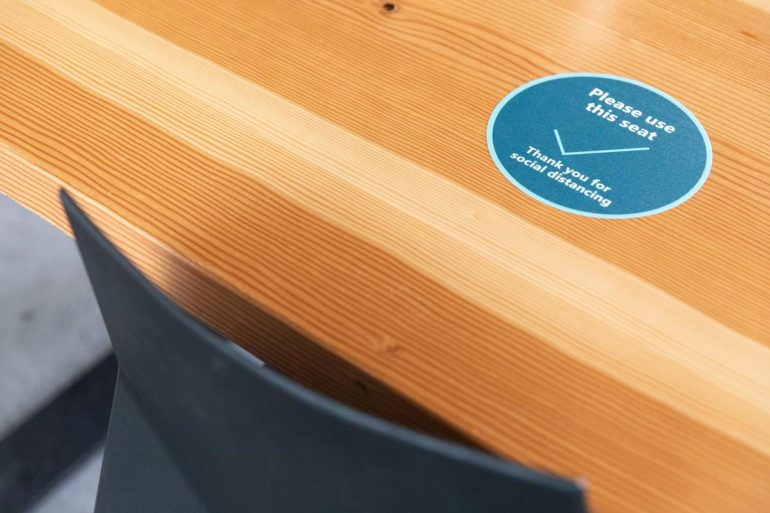The Australian Bureau of Meteorology (BoM) has been preparing a “modern digital workplace” for a number of years — a move that proved beneficial over the past 12 months.
The Bureau boasts more than 1,600 staff. When COVID-19 restrictions hit Australia, it asked employees to work remotely. BoM said thanks to its Microsoft investment, it was able to rapidly transition to a new way of working, allowing staff to access the same cloud-based platforms they used in the office from their homes.
Pre-pandemic, BoM had already begun the migration to Microsoft Teams. It said work on transition was “ramped up” to support its new remote workforce.
Restrictions in Australia have been gradually easing since the latter half of 2020, with many organisations seeing the return of staff to the workplace, just in a more socially distanced manner than before.
Peter Fattoush, BoM manager enterprise and business architecture, said returning to the office still presented the organisation with challenges.
“The obvious challenge was how were we going to track people coming in and out of the office for COVID-19 contact tracing purposes, and how the significantly reduced number of available desks could be managed with ease, accuracy, and transparency,” Fattoush said in an interview with Microsoft Australia.
“We didn’t have the luxury of training and rolling out over a period of time. It had to be quick, easy, and affordable.”
When the Bureau needed a way to get its people safely back into the office, it adopted Clearspace, a Power Platform-based solution developed by Microsoft partner, Barhead, touted as being for precisely that purpose.
Clearspace can be accessed via Teams or via a mobile app.
“The Barhead solution seemed the most logical … the other option was building it ourselves — but we want to spend our development time on products unique to the Bureau, not digital workplace,” Fattoush said.
He said the project took under six weeks to plan, procure, and design the system and go through the internal approvals to allow it to be deployed.
“After that we brought back staff to a new floor in our Melbourne office each week before then rolling it out across the country,” he added.
“Because it was developed in the Power Platform, it was quite a straightforward change request through our technology side. Because it was standalone, it limited the risk to our other systems. It was completely separate from our operational systems. So that was easy.”
Change management was a little easier to tackle than pre-COVID, Fattoush said.
“Staff had already pivoted quickly into working from home and adapting to new technologies and processes,” he said. “There were well established communication platforms and processes to engage with our people about the Bureau’s response to COVID-19.”
According to Fattoush, this included intranet pages as well as specific communications targeted at each group of staff as they returned to the office and needed access to the app to book a space to work.
“It was also made easier through the support of a well-established ‘change team’ who brought their expertise to the roll-out, having supported staff and their needs throughout the pandemic,” he added.
“Rolling out a product that was going out to every single person in an organisation there’s always a risk. Even if you’ve got 20% negative feedback, that’s quite a large number.
“I’d say 95% of staff have found the product really easy to use.”



